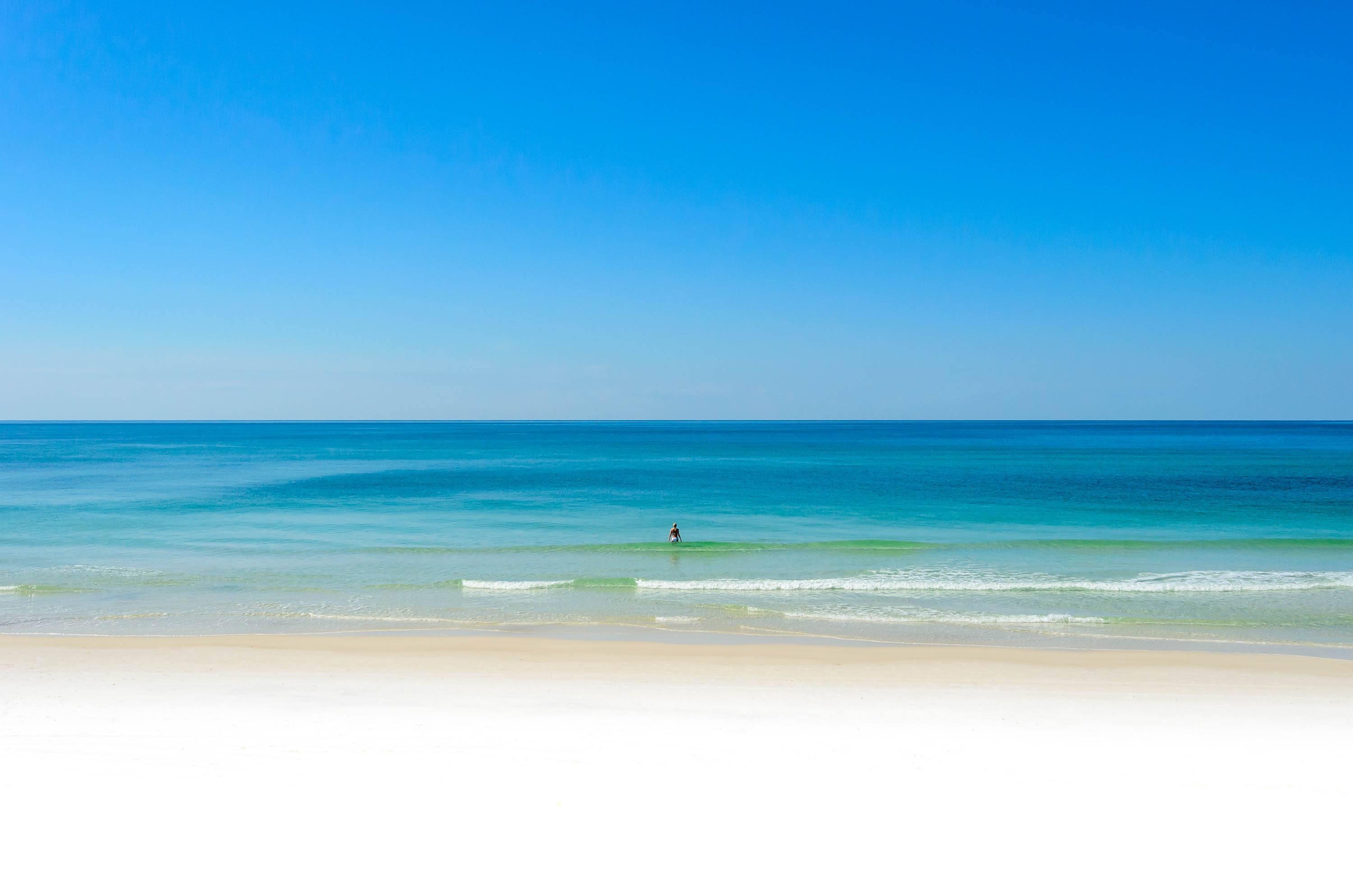http://www.cnn.com/2006/US/12/25/hawaii.beach.ap/index.html
Hawaii digs in to shore up Waikiki Beach
POSTED: 9:12 a.m. EST, December 25, 2006
Story Highlights
? Waikiki Beach has shrunk about a foot per year over five decades, scientists say
? Hawaii tries to reclaim beach with a sand-pumping test using offshore sand
? Experts says the iconic beach eventually will disappear without proper care
? Shoreline development reportedly is the main culprit in Waikiki Beach's erosion
HONOLULU, Hawaii (AP) -- Along the sandy sliver that is Hawaii's world-famous Waikiki Beach, waves sometimes reach all the way across the beach to touch solid land.
At some points, the sparkling sand is wide enough for only two or three sun-soaked beachgoers to lay their bodies on the swath between solid land and Pacific Ocean waters.
State officials are testing a sand-pumping project in an attempt to reclaim the iconic beach after years of chronic erosion using offshore sand, without having to truck in sand from around Oahu, other Hawaiian islands or even other countries.
The beach has shrunk by about a foot per year over the past five decades as rough currents wear away the smooth surface, scientists say.
The erosion isn't caused by heavy use from the 70,000 tourists who trample over the islands each day.
The main culprit is a sand shortage caused by shoreline development, including sea walls and the loss of dunes buried by manmade structures, said Chip Fletcher, a University of Hawaii professor and expert in coastal geology.
"We sell Hawaii in the form of thousands of photographs of our beaches every year," Fletcher said. "If the beaches go away, we have a problem."
While the beach still satisfies millions of visitors annually, it's barely a sandbox compared with the vast expanses found a half-century ago. If it's not cared for, Waikiki Beach will eventually disappear entirely.
'The water is too close'
"It used to be big. Now it's crowded, and everyone is bunched together," Honolulu resident Ashley Granados said as she sat alongside a spot about 20 yards wide. "The water is too close."
Beach erosion is common worldwide, and the usual remedy is to truck in sand, but that hasn't been done in any major way at Waikiki since the 1970s. Sand has been imported from other areas of Oahu, Hawaii's Molokai island and -- if you believe local legends -- as far away as Australia.
Waikiki, whose sands bear different names in their stretch from near Diamond Head to the public boat harbor, steadily declined for most of the past 30 years. The plan is to dredge 10,000 cubic yards of sand from about a half-mile offshore, then pump it underwater back to the beach.
The $425,000 test program gives beach lovers hope that Waikiki could be restored to its original splendor, but officials have said it could cost $25 million to repair all of the beach.
Sand pumping has been used at other beaches, but rarely in Hawaii because of fears of disrupting the delicate ocean floor and a lack of funding. The Legislature set aside money for the project.
"Waikiki is probably best known for the fact that it's a major resort destination with sun, sand and surf," said Rick Egged, president of the Waikiki Improvement Association. "The health of Waikiki Beach is very central to Hawaii's image."
Just a walk across the street from Waikiki's hotels and shops, the beach periodically widens and narrows. Surfers wade out to catch the waves year-round, canoeists paddle, kids build sand castles and others bask in the sun.
At the pink stucco Royal Hawaiian Hotel, the beach stops entirely at a concrete wall. The ocean laps at the wall for several yards before the sand reappears.
Most visitors say they're still impressed with the beach that is so closely identified with the essence of Hawaii.
"We're just happy to be here," said Janet Corey from Canada, swimming with her daughters where the beach gets particularly thin. "Maintaining the beach seems to be the right thing to do, because that's why people come here."
State says plan environmentally friendly
Officials are replenishing certain sections of the beach at different times, which should minimize the effect on tourists during the busy winter season. The project, which started December 4, is expected to be completed in early January.
State officials say the plan to dredge and pump sand is environmentally friendly, because it recycles the same sand that was originally part of the beach.
If successful, they say the project could become a model for replenishing more of Waikiki and other fading Hawaiian beaches.
Just as a house must be repainted every few years, the beach will need to be the subject of constant vigilance if government officials want it to stay around, Fletcher said.
"If we want to keep the beach there, we have to keep maintaining it," he said. "Since 1970, we haven't been maintaining it. We've neglected our house."


